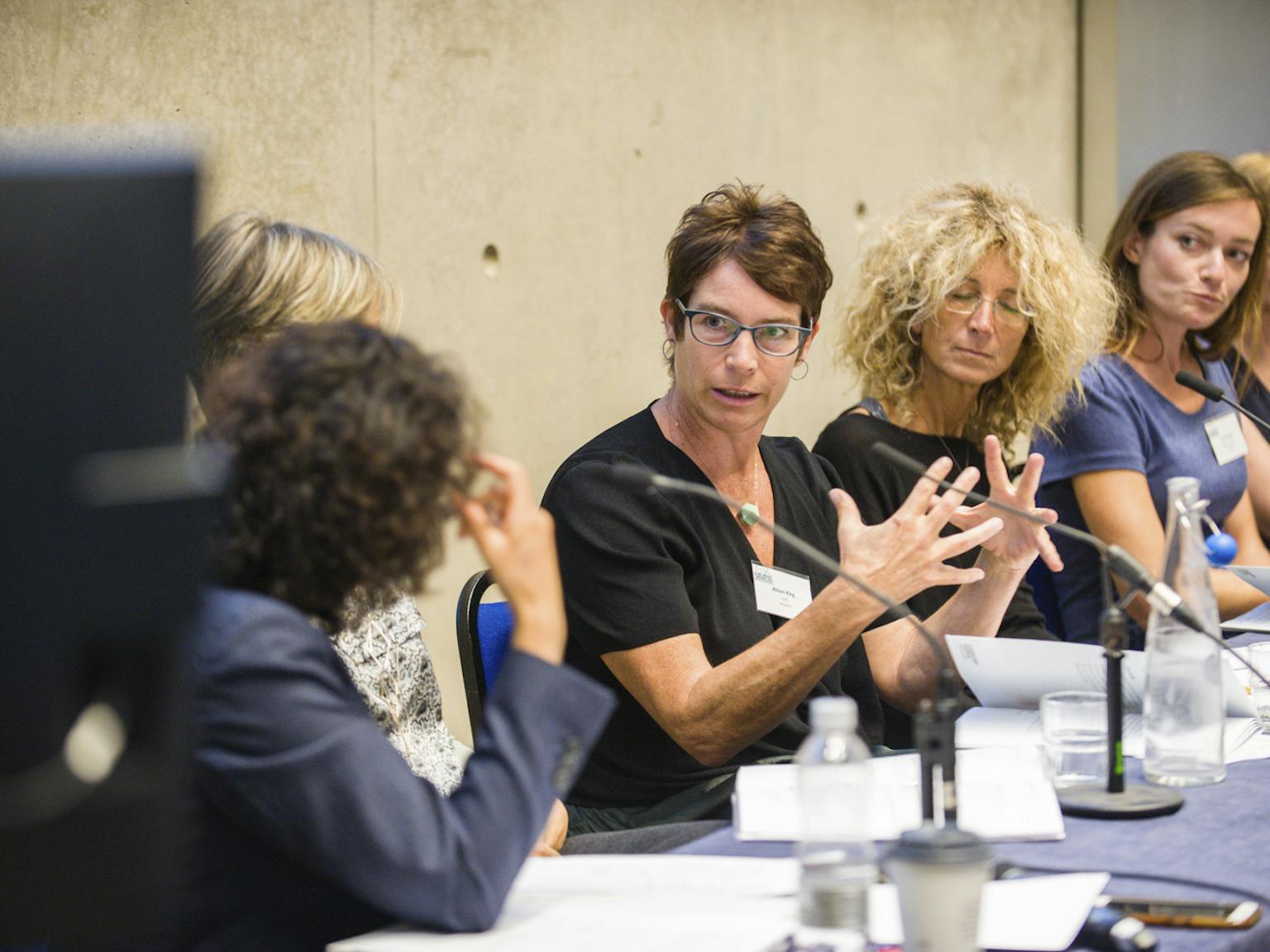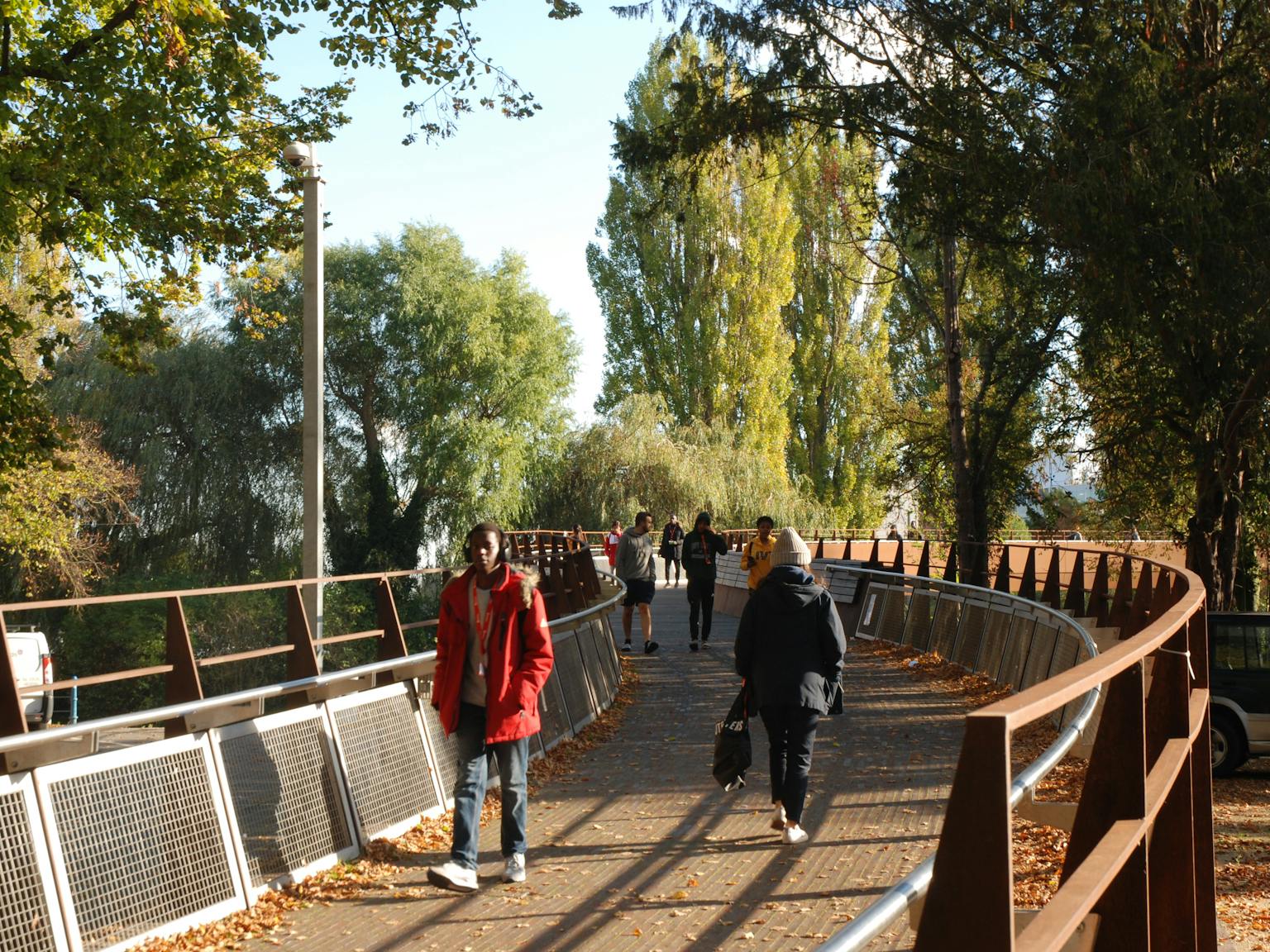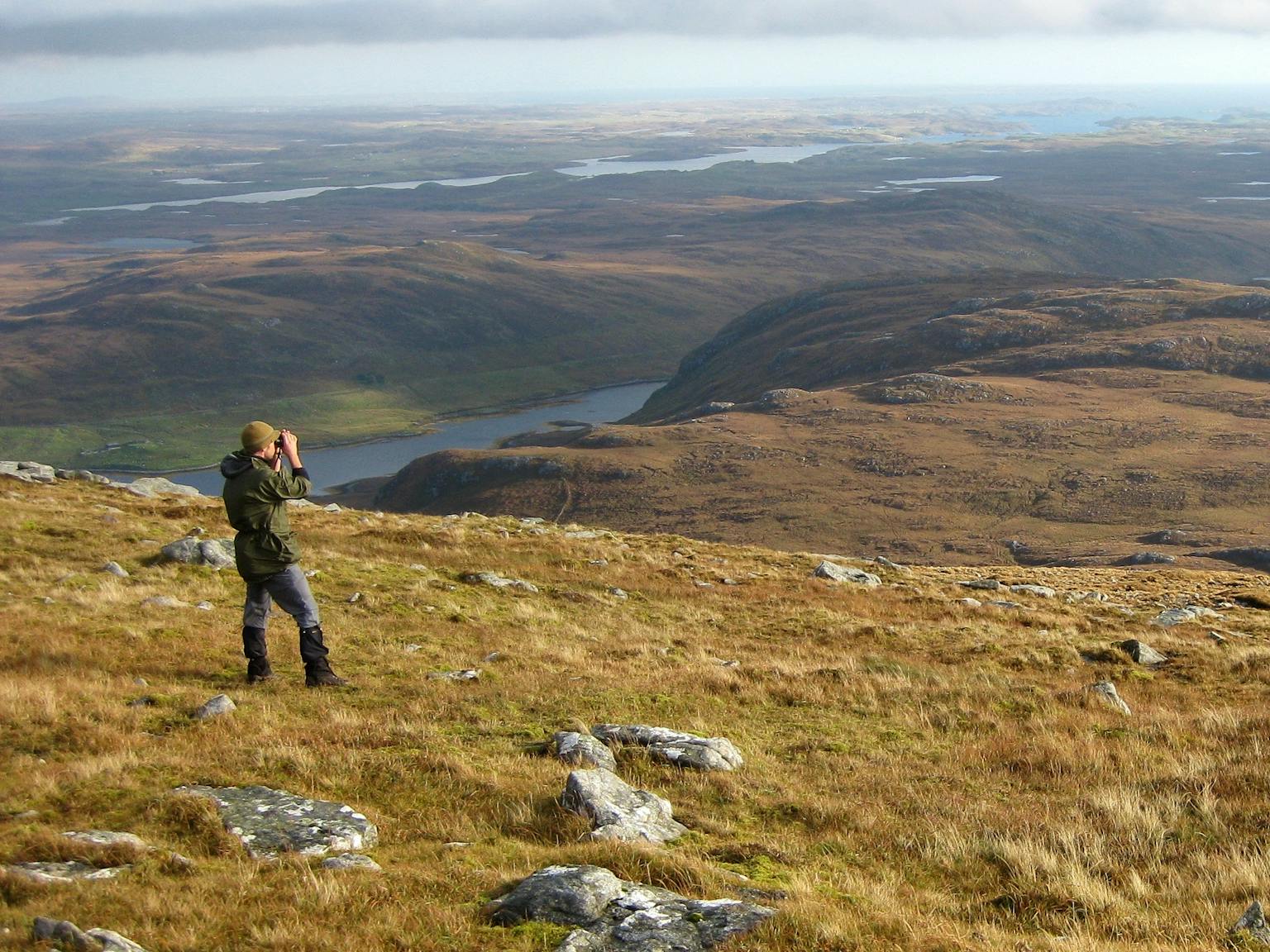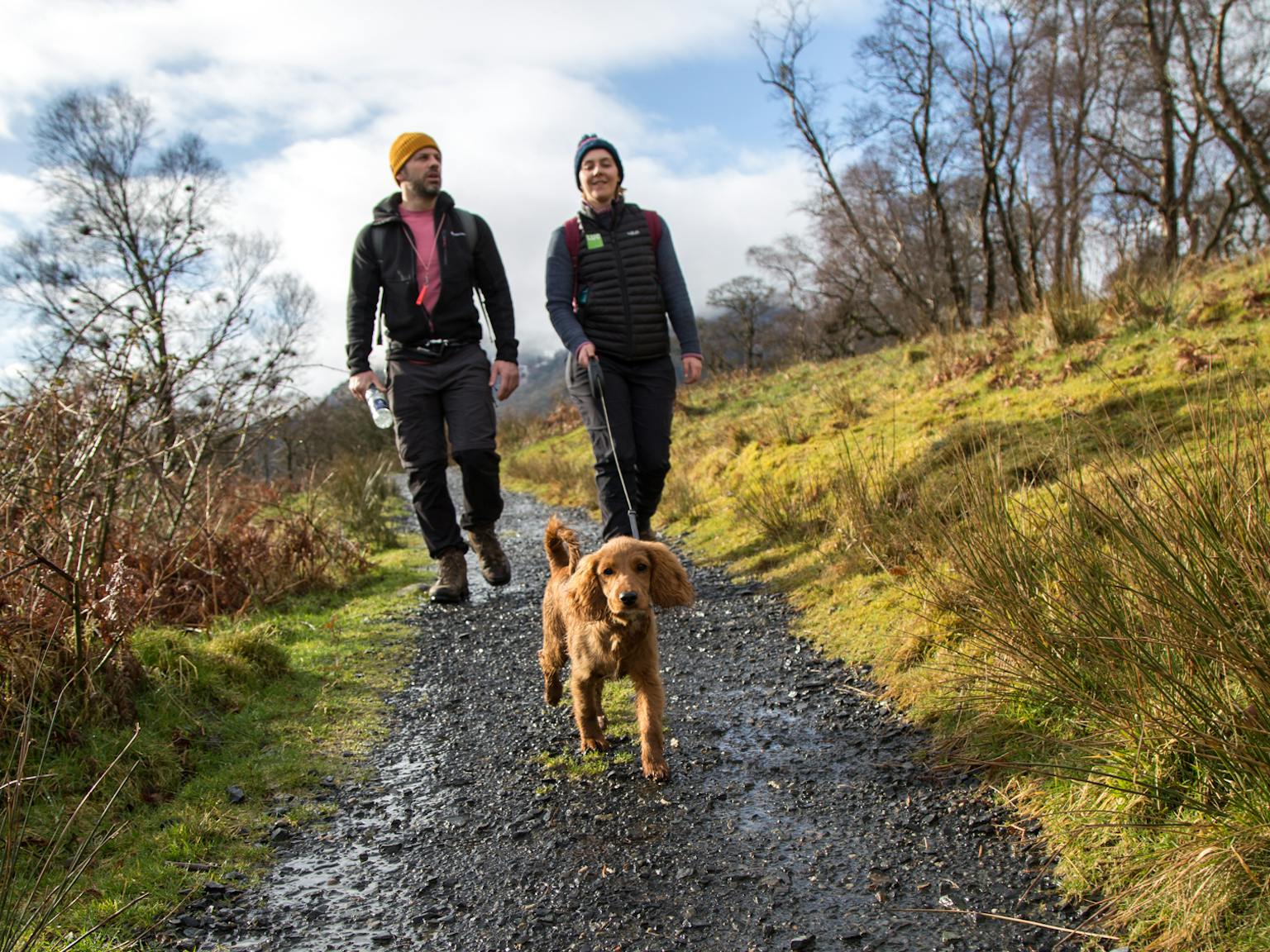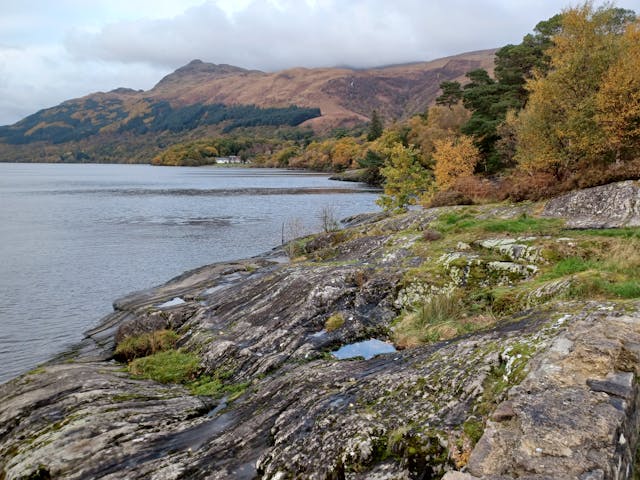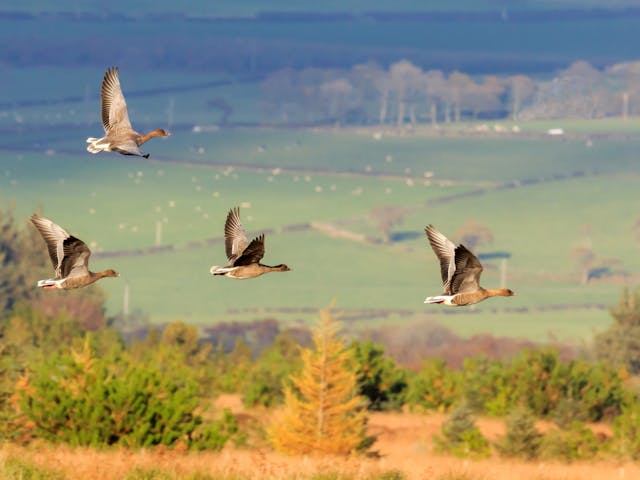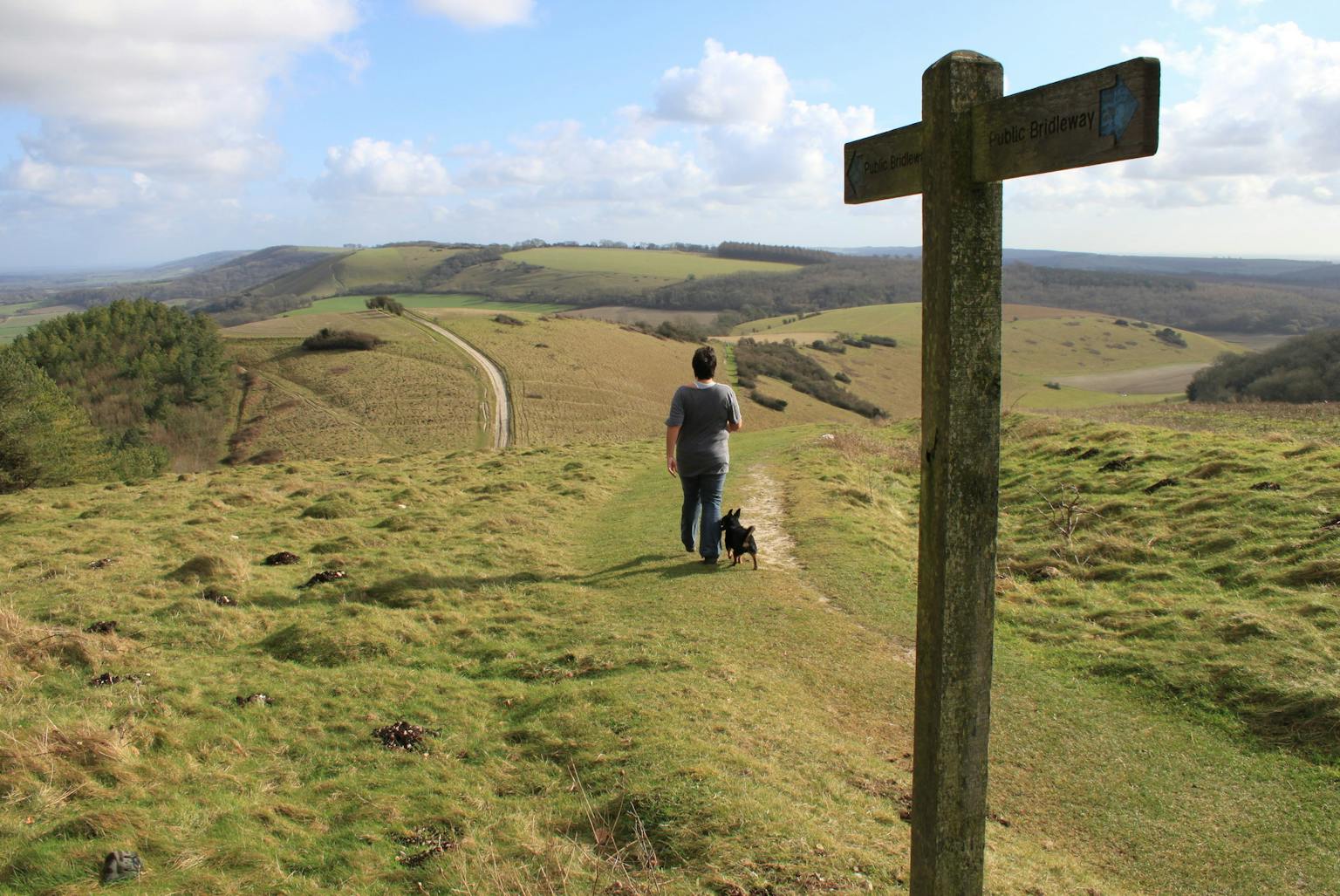
Whole Estate Plans: their role and impact
In 2021, the South Downs National Park Authority (SDNPA) commissioned LUC to evaluate the process of developing the six Whole Estate Plans (WEPs) currently endorsed by the authority. SDNPA was the first protected landscape in the UK to adopt the pioneering approach of whole estate plans through its local plan.
The role of Whole Estate Plans
WEPs encourage open dialogue between land-owning organisations and the National Park Authority, looking at land holdings in their entirety to consider their holistic management.
The South Downs National Park includes significant tracts of privately owned estate land and farmed areas. These estates and farms have a substantial influence on the management of the landscape. Land ownership within the NP is very varied, and the complexities of estate management are often under-appreciated.
WEPs provide context for projects on estates that might require planning permission. To this end, they are a material consideration in a planning application, and the SDNPA will have ‘positive regard to proposals that form part of a wider Whole Estate Plan or Large Farm Plan, provided that there are multiple benefits evident in respect of the special qualities and ecosystem services‘.
The impact of Whole Estate Plans
Securing planning has been a strong incentive for estates to engage with the WEP process. However, WEPs carry weight often misunderstood. As a non-statutory document, a WEP does not guarantee planning permission. Rather, it aids the planning process for estates by helping planners understand how proposals within a planning application sit within the wider context of the estate.
WEPs take a holistic approach to land management by providing a tool for facilitating sustainable management of an estate. They incorporate environmental, social and economic factors to aid decision-making in a way that benefits the estate and contributes to the wider aims of SDNPA.
Whole Estate Plans should help to identify mutually acceptable and proactive solutions which serve the wider purposes of the National Park.
LUC’s evaluation of Whole Estate Plans
We based our evaluation of the WEP process around extensive consultation. We held workshops with SDNPA staff, Members, interviews with the six Estates and their consultants, and online questionnaires for all involved, including local communities affected by the WEPs. This was an illuminating process, providing a well-rounded understanding of the impact of these plans from all angles.
Our evaluation explored a set of research questions SDNPA devised which looked at:
- how the plans were developed and whether the process was robust;
- understanding how people were involved in their development and whether they were involved at the right time and in the right way;
- what the benefits had been for both the estates and the SDNPA;
- and a cost-benefit analysis of whether the financial implications of producing a plan had been worthwhile.
From this analysis, we made recommendations to guide the SDNPA in their next steps for delivering WEPs.
This commission for the SDNPA built on LUC’s first-hand experience of producing a WEP for the Lowther Estate, the first of its kind within the Lake District National Park. For Lowther, producing a WEP was an opportunity to take a step back and review how the Estate was operating, understand in more detail the assets that it held, and identify how Lowther would like to move forward over the next 30 years.
Production of the WEP for Lowther was a methodical process. LUC developed sections of the plan with the Estate and the National Park Authority and held workshop meetings throughout the process.
Both parties fully engaged in the process, with both benefiting from a mutual learning experience.
Get in touch to discuss how we can support the future of your land.



